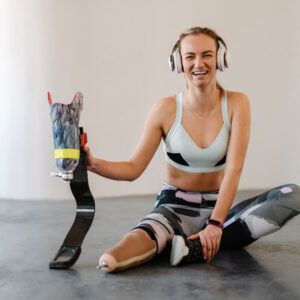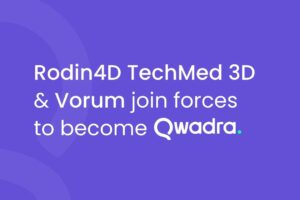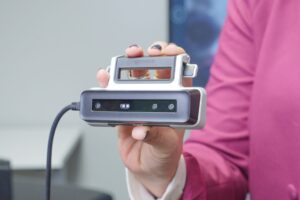How will AI tools such as ChatGPT transform the P&O industry?

Artificial Intelligence (AI) has become increasingly more talked about in recent months with platforms such ChatGPT, Microsoft CoPilot and Google Bad, emerging. AI driven applications have increased productivity immensely throughout multiple industries, provided a huge support in education and research and it has created a whole new era for the world of technology. So, this leaves us to think, what impact is AI having on the Prosthetics and Orthotics industry?
Machine Learning
Machine Learning plays a major role in how AI is altering the O&P industry. Machine learning is a subset of artificial intelligence specializes in developing algorithms that learn from data to make predictions or decisions. Machine learning algorithms improve performance over time as they are trained and as they receive more data.
Since 1995 the FDA has authorized more than 520 AI-enabled medical devices, many of them machine-learning based. One recent advancement using Machine learning in prosthetics includes using vibrations within the prosthetic device to send signals to the brain of touch and feel. In this example the prosthetic is learning the feeling of different objects and mimicking these sensations within the prosthetic. This is just one example of many mind-controlled prosthetics giving sensory feedback to the wearer of the prosthetic.
Dr Levi Hargrove, Scientific Chair Shirley Ryan Ability Lab explains that “In the future implanted devices will be able to stimulate the nerves directly”. This would mean that losing a limb would no longer mean losing the feeling of touch where that limb used to be.
CAD/CAM
Another huge aspect of the Prosthetics and Orthotics industry is the education, research and training involved in the field, especially when it comes to using Computer Aided Design (CAD) and Computer Aided Manufacturing (CAM). In recent years AI tools have provided new ways to improve the way that we learn and research the technology behind how we use CAD and CAM to scan, design and manufacture prosthetic and orthotic devices. From using platforms such as ChatGPT to ask questions and receiving answers instantly to the technology being built within prosthetic and orthotic devices themselves, it’s clear that AI has become a game changer in the O&P world.

Future
AI is rapidly evolving and changing the way we live, as Miguel Nicole says, “We are probably becoming the first species capable of influencing its own evolution by the technology that we produce”. He also describes how AI is leading to a “new generation of prosthetic devices.” The technology within the O&P world is moving so fast that Nicole has made huge breakthroughs within prosthetics and orthotics believes that the technology that we produce as humans will cause its own form evolution.
FDA Publishes Updated List Of 521 Authorized AI Enabled Medical Devices (linkedin.com)





